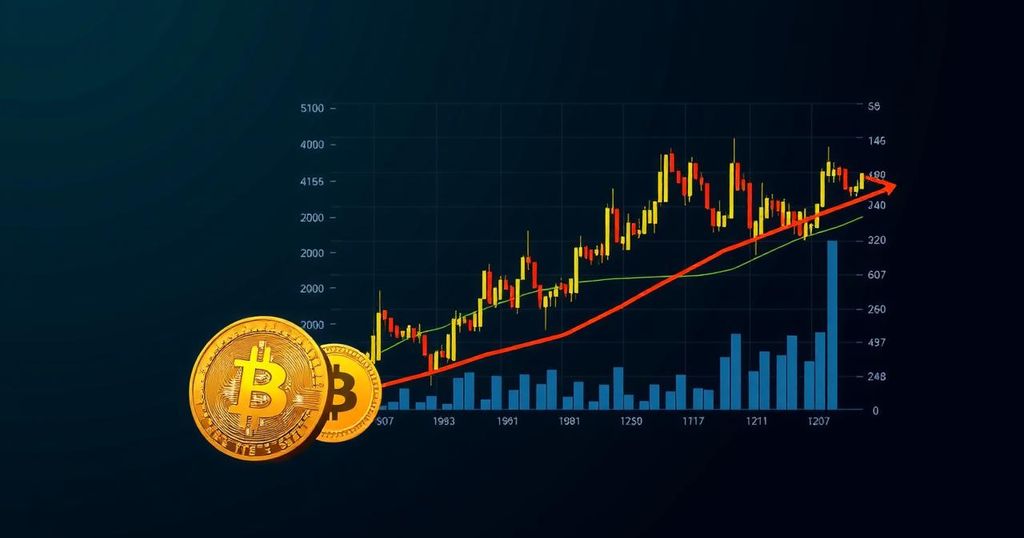Bitcoin Performance Amidst Steady U.S. Inflation and Anticipated Fed Rate Cuts
The recent data regarding U.S. inflation has shown stability, bolstering anticipations of a Federal Reserve interest rate cut in September. The Core Personal Consumption Expenditure (PCE) Price Index, which measures price fluctuations for goods and services excluding food and energy, recorded an annual increase of 2.5% for July. This is a consistent reading with June’s figures and aligns with the estimates provided by analysts. As the Federal Reserve utilizes this index to inform monetary policy decisions, the data augments expectations for an upcoming rate cut.
Currently, there is a significant 70% probability, as indicated by the CME FedWatch tool, of a 25 basis point reduction in September, which marks an increase from prior estimates of 66% before the inflation report was disclosed. Additionally, some trading professionals are contemplating a 30% likelihood of a more substantial 50 basis point cut during the same meeting.
Despite this backdrop of potentially favorable news for risk assets such as Bitcoin (BTC), its price remains relatively muted. Following the inflation report, BTC experienced a brief uptick to $59,900 before retracting to approximately $57,000. As of the latest observations, Bitcoin is trading around $59,200, indicating that it has hovered below the $60,000 threshold for four consecutive days. The prevailing cautious sentiment among investors is reflected in the movement of U.S. spot Bitcoin exchange-traded funds (ETFs), which have notably faced net outflows totaling $277 million since the inflation announcement, suggesting inadequate enthusiasm to shift the existing trends.
In light of this subdued response, QCP Capital, a noteworthy crypto trading firm, highlighted that an anticipated weaker U.S. jobs report could strengthen the argument for a Fed rate cut. They predict that in the short term, Bitcoin is likely to remain within a trading range of $58,000 to $65,000 unless positive developments emerge to catalyze a breakout.
In conclusion, while the steady U.S. inflation data may be perceived as a precursor to favorable monetary actions by the Federal Reserve, its immediate impact on Bitcoin’s performance has so far been limited. Market participants appear to be awaiting further affirmative signals that could penetrate the current range-bound trading conditions.








Post Comment